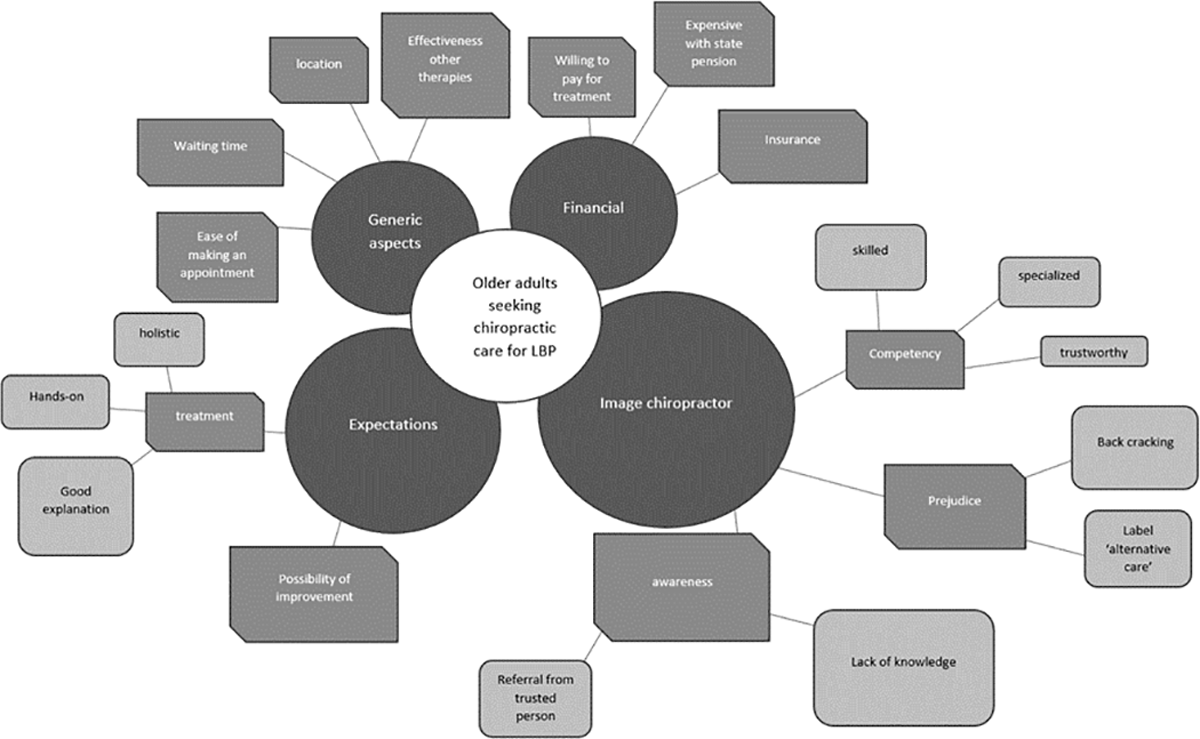MEDICARE INFO: Cross-Referencing Regions of Complaint, PART Findings, Diagnoses and CPT Codes
SOURCE: Dynamic Chiropractic ~ June 15, 2013
By K. Jeffrey Miller, DC, DABCO
In 2012 the Centers for Medicare and Medicaid Services and CMS-contracted reviewers performed chiropractic Medicare reviews nationwide. The results of their efforts were not good news for the chiropractic profession.
The reviews pointed to poor record-keeping and billing practices throughout the profession. Claims were also made of inappropriate billing of maintenance care resulting in significant overpayments for chiropractic services. [1] Unfortunately, these findings were consistent with previous CMS chiropractic reviews. [2]
Of the current review findings, the one that is most disappointing is our consistency from one CMS review to the next. It is difficult to respond to our many Medicare problems all at once. It can be overwhelming. However, while we cannot fix everything at once, we can fix something.
There are a specific set of closely related problems that can and should be addressed together. In actuality, the problems are so intertwined that they are really a single concern: matching the number of symptomatic spinal / pelvic regions; the number of spinal /pelvic regions with PART and/or X-ray findings of subluxation; the number of diagnoses, the number of regions adjusted; and the CPT code used to bill for the adjustment.
Volumes have already been written about this concern. Here, I offer a set of questions to help guide doctors in documenting the number of patient complaints, subluxations, diagnoses, regions adjusted and the appropriate billing codes. This series of questions is accompanied by comments and tables to clarify the importance of each question.
Questions to Ask Yourself After Examining a Medicare Patient
- How many regions of the spine / pelvis did the patient list as painful or symptomatic? Medicare is not purely subluxation based, despite the original and lasting rule that a subluxation must be documented in any region adjusted. The diagnostic criteria also require a symptom code for each region of subluxation. With this in mind, Medicare assumes the patient to have a complaint in each region treated and that the patient reported these complaints during their history. This is a common expectation for many other carriers as well. Carriers do not feel treatment of a region that is asymptomatic is necessary. “Asymptomatic” for Medicare and many other carriers translates to “no problem or no condition.”
There are more articles like this @ our:
In regard to asymptomatic areas, every chiropractor has had a patient react to examination of an area(s) by saying, “I didn’t know that was tender until you pushed on it.” We understand and expect this reaction. However, this understanding and expectation are not shared by Medicare.
If you choose to adjust an asymptomatic region, you must have appropriate documentation demonstrating the relationship to the patient’s reported complaint(s) and necessity of the treatment. Chiropractors understand the overlapping relationships of spinal / pelvic structures / conditions, but it must be documented. Documenting the pain or “P” category of PART (Table 1) provides a minimal degree of the necessary documentation. Additional PART findings must also be documented for these areas.
Read the rest of this Full Text article now!





Leave A Comment